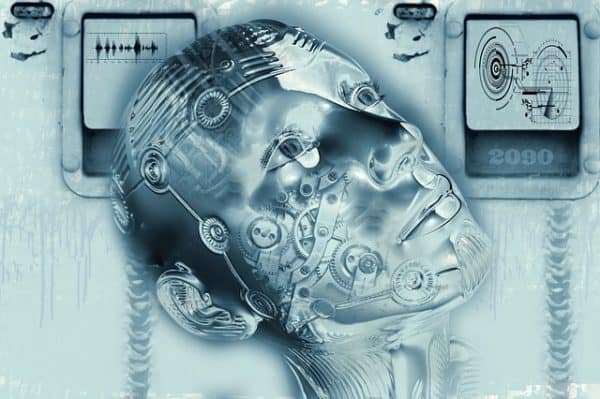
Some critics of AI driven-analytics object to the idea of relying on a machine to produce key strategic insights. And that is totally understandable. Most AI technologies operate in a black box, meaning they generate insights without showing the work that went into it.
Conversely, decision makers tend to be very well educated, extensively experienced and deeply focused on their companies and industries. The idea that an algorithm could be better at producing insights than a seasoned professional without proof is uncomfortable for obvious reasons.
Think about it this way. All data starts with human behavior: Customer A buys Product B at Store C. As that data begins to collect, it reveals the trends and patterns that are positively or negatively impacting the bottom line. Human experts can develop their own assumptions on how to improve this process (driving Customer A to buy additional products, for example). But without the aid of AI, these assumptions are little more than educated guesses.
The AI does the heavy lifting, taking an otherwise impenetrable data set and giving it form and function. That is just another way of saying AI reveals the humanity buried within the details.
Of course, these insights aren’t worth much if the AI platform spits out an insight which leaves teams of human experts scratching their heads wondering how on earth it was calculated. Fortunately, there are AI machine learning platforms that inform employees what metrics were used, thereby eliminating the mysteries contained in the black box and boosting transparency.
And once this has been revealed, it’s up to human actors to determine what, when, where, why, and how to deploy those insights. AI may provide the accelerant, but human beings are always in the driver’s seat.
As you can see, a robust AI-driven data analysis does not replace the potent value of human input. Rather, it handles the part of the workload that no human (or even team of humans) is capable. And in the process, none of the distinctly human elements are removed—especially because humans offer feedback to “teach” the machine about usefulness.
It is also worth noting that the very best systems for AI machine learning become more human the more they are used. These systems are smart enough to monitor and track the way that human employees interface with them. Then they learn from those human inputs to become more responsive to the end user’s needs. Experience actually makes the system less artificial and more intelligent.
Ultimately, AI driven-analysis is simply a means to an end. And when you consider the value of those ends, it’s hard to object that AI is too cold, too enigmatic and clinical to embrace:
- Adopt a Proactive Approach – Operating in a proactive rather than reactive way is always ideal, but it’s hard to do without knowing confidently what is happening beyond the AI-produced insight. A proper AI-driven analysis makes clear exactly what processes led to your end result. Then it’s up to decision makers to determine how best to act.
- Mitigate Risk Factors – If companies could identify and anticipate every source of risk they would never face an unexpected setback ever again. The human capacity for this is clearly limited, but with quality data and advanced AI it’s possible to spot even the smallest and subtlest obstacles. Decision making is performed with a clear and careful understanding of risks.
- Refine Customer Profiles – A customer base is a confusing and complex entity. And no matter how insightful an executive may be, it’s difficult to make easy assumptions and blanket statements about who is buying a product or service. AI-driven analysis uncovers features, characteristics and buying patterns that are relevant to present and future customers but otherwise invisible.
- Customize the Experience – Building on the previous point, once companies use AI to understand who customers are they can use AI to predict what customers want/need. Those insights provide a powerful source of guidance when developing new products, services, or customer experiences in any setting. It’s still entirely up to humans to determine what to do next. But with the aid of AI they can make those decisions more objectively and empirically.
Technology has upgraded and enhanced every aspect of business. The arrival of advanced AI that is accessible to all should not be seen as something radically new. Rather, it should be seen for what it truly is – a better way of doing something that has always existed before.
 Gearfuse Technology, Science, Culture & More
Gearfuse Technology, Science, Culture & More


